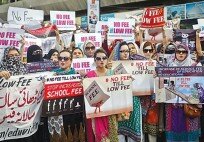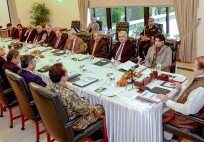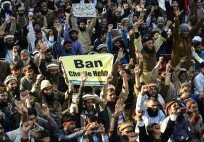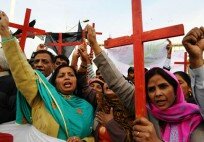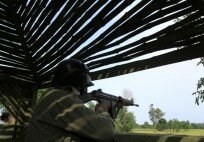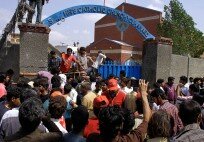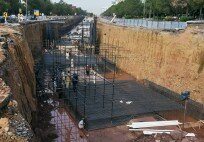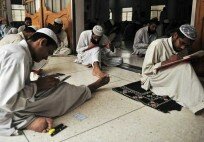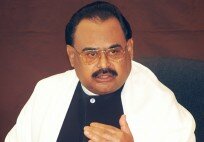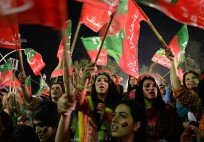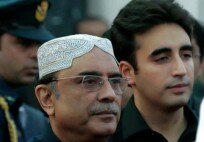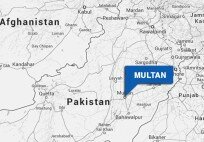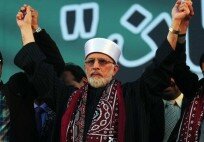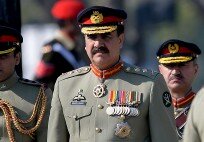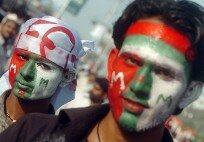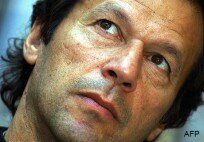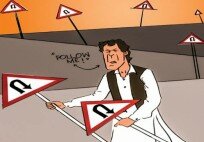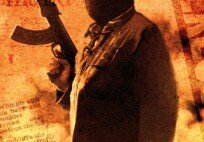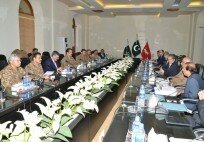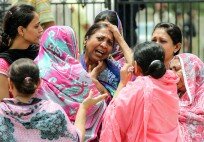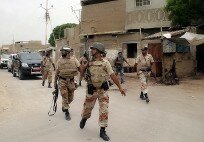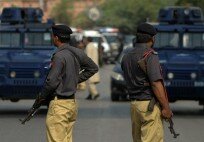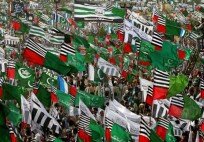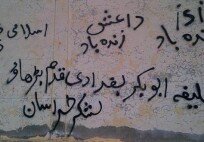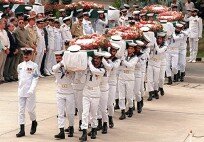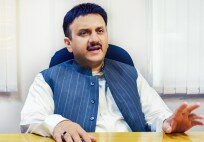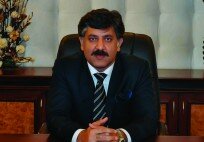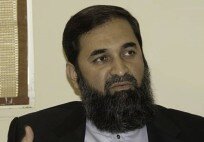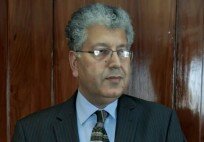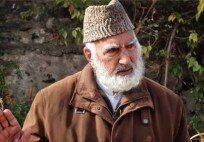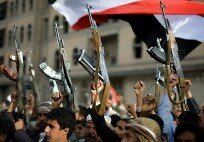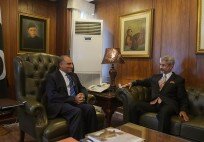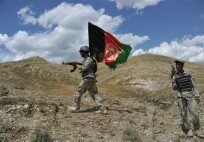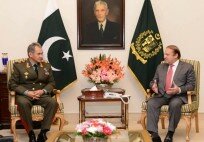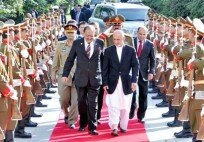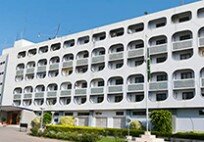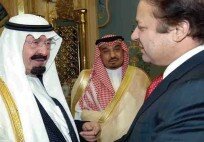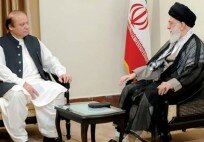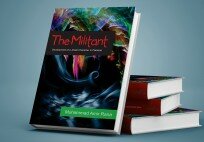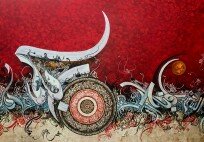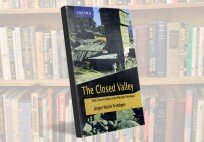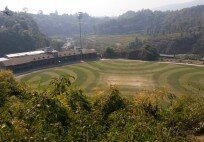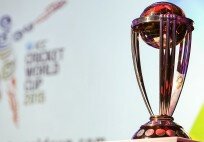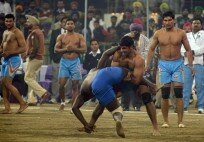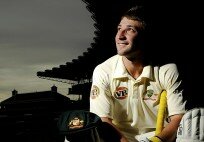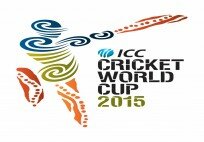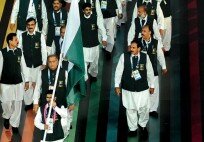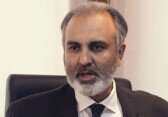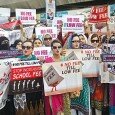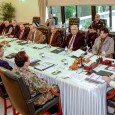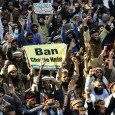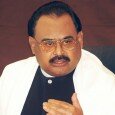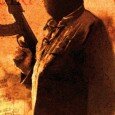By Kamran Rehmat –
Peculiar poll dynamics mean numbers at the rallies may not be a good barometer of voting pattern
Mian Saab, jaan diyo, hun saadi wari aan diyo (Let it go, Mian Saab, let us have our turn). Thus spake Imran Khan a cool October night last year in Lahore before a rally whose numbers still reverberate even though the next one in Karachi outdid it. But here’s the catch: if only numbers could seal the deal, Imran would be home and his nemesis out to pasture. However, jalsas do not always lend themselves to the eventual outcome in the Pakistani poll enterprise.
Yes, politics is all about numbers: from how many a contestant/party can conjure up at a rally to the cut he/she/it can make at the hustings. However, the number game is not a precision machine — at least yet — that throws up data you can rely on. This is particularly true of Third World countries like Pakistan.
In the West and other developed countries, the permutations are closer to the ground and therefore, allow decent margins of error. Why that is so is down to a host of factors but generally speaking, the thumb rule would be that you are more likely to receive a fair count where the count is fair. This implies the process is transparent and both the voter and system is better equipped.
In terms of political awareness, perhaps, the Pakistani voter does not lag behind his/her counterpart elsewhere but the same cannot be said of the process, even though it can be argued that we are much better off today than we ever have been thanks in no small part to the relative maturing of the democratic process and vertical rise of at least two pillars of the state — the judiciary and the media.
The assertive role the last two have played — the jury is still out on the alleged overreach — during and post-Musharraf era has led to pressure on the executive, legislature and even the military (post-Abbottabad episode) to get their acts together.
There is now a semblance of not taking things for granted. For instance, the forceful view taken by the Supreme Court viz-a-viz the new voter lists — that it was locked in a virtual turf war with the Election Commission of Pakistan over what was and is possible regards timelines only reinforces the paradigm shift.
To return to the number game, the next elections due in March 2013 but expected a few months earlier given the current political climate, are being seen as a definitive guide in terms of where Pakistan is headed.
Admittedly, it is a conclusion that draws a cynical response given that the mantra for change is bandied about every election but who is to stop the pundits from wagering?
 It is of course, debatable if much can be really read into the jalsa fest post-Imran Khan’s show of power in Lahore last October.
It is of course, debatable if much can be really read into the jalsa fest post-Imran Khan’s show of power in Lahore last October.
But there is no denying that rally set the cat among the pigeons so to speak and triggered the debate about what numbers at public rallies mean and how, if, these can/will translate into something meaningful come election day.
That Sharif’s PML-N has been able to sell even more jalsas — on a broader scale in terms of territory — and comparable strength has only served to raise the curiosity around the translation bit.
Throw in the bye-poll winning streak of the PPP despite the supposed strong anti-incumbency wave and the narrative gets even more confused.
In the Pakistani scheme of things, there is a reason for skepticism surrounding rousing rallies because of the very nature of traditional crowd gathering mechanisms.
If the party holding a show of strength is in power, the familiar resort is pooling government resources both in terms of renting crowds — complete with the attendance of government servants — and forcing public transport off the road to ferry them to the rally. In short, there is always a cynical air about how successful asarkari jalsa (official rally) is.
On the flip side, a party out of power is deemed running up against it. As if drawing numbers is not enough of a challenge, they will almost certainly find hurdles created by the party in power to scuttle the show.
In the past, few holds were barred. There was this instance where the jalsa site — Rawalpindi’s famed Liaquat Bagh — was flooded with water and, on another occasion, even snakes let loose!
In the presence of a rather kinetic media, those measures have mercifully become a thing of the past. However, this does not stop the authorities from trying to be the villains of the piece — from withholding permission till the very last to banning pillion riding and changing routes to the detriment of the opponent.
The latest number game began after Imran Khan upset the applecart in Lahore’s Minto Park with some tremolo. Before the rally, his pronouncements about an impending ‘tsunami’ were the butt of most, if not all, jokes.
 In hindsight, the PML-N probably, made a mistake in rushing a rally beforehand at Bhatti Gate. Was it premised in seizing the initiative after presuming the cricketer-turned politician had blundered by choosing Minto Park as the venue which is notoriously difficult to fill?
In hindsight, the PML-N probably, made a mistake in rushing a rally beforehand at Bhatti Gate. Was it premised in seizing the initiative after presuming the cricketer-turned politician had blundered by choosing Minto Park as the venue which is notoriously difficult to fill?
Paradoxically, the PML-N appeared to play it safe by choosing the congested Bhatti Gate space where even a few thousand can lead to photographic illusions of success.
The PTI gamble led PML-N Senator Pervez Rashid to famously challenge the party to fill up the seats it had put up at the venue— there is still a dispute on the exact number wagered — and if it succeeded he would resign.
The challenge was lost in the din of numbers at the rally itself, with conservative estimates put at more than a 100,000 and PTI claiming five times as much. But it did enough to win grudging acknowledgment from even the PML-N. The startled rivals then joined the chorus about how “one swallow did not a summer make”.
The PML-N then quickly shifted gears, and has since been on a spree of jalsasacross Pakistan, save for security-ridden Balochistan. Before long even the MQM, ANP, JUI-F and Jamaat-e-Islami jumped the bandwagon.
The ruling PPP braved the early heat, stating there was no need for the party in power to ‘show strength’. However, political compulsions forced a change of heart, and since then, it, too, has attempted to hold fort.
What the Lahore steam train did was to sex up the dossier. ‘Tsunami’ still gets derided as a “destructive force that lasts only a while” by Imran’s opponents but its origination — in the Sharif heartland — got everyone to sit up and take notice.
This is where the dynamics of public rallies get interesting. Who is to determine the numbers and how? What is the genuine make-up of the crowd? Does the tally have a bearing on voting pattern? How many of those in attendance are registered voters? Will they actually turn up on election day? Is there a momentum thing or is it all merely a show for the sake of show to stop rivals from running away with it?
There are no definitive answers. Perhaps, there cannot even be given that a good showing is a prestige issue and all means fair and foul are employed to remain in the public reckoning. Besides, it amplifies the base when the right angles are covered on TV and splashed in fine print.
That leaves us with the onerous task of crowd estimates. Unlike the West, where there are relatively easier determinants because of convention-style electioneering, it is difficult to proffer even guesstimates here. The contrived nature of jalsasmeans you are venturing into a territory where you are virtually the judge of the turnout.
This also explains why opinion polls in Pakistan are rarely a good barometer of voting trends. And so Imran Khan remains the most popular leader — before him it was Nawaz Sharif — but it is Zardari’s PPP which eased into power and still continues to win bye-polls against the run of play!
The dichotomy is rooted in conventional-style politics, which is clan and patronage-driven. It is wired to deep pockets and roots.
As the chequered election history of this country shows, rally figures can be grossly misleading in the ultimate analysis. Nevertheless, the forthcoming elections will be interesting if only to revisit this conundrum. To this end, the fate of Tehrik-e-Insaf will be keenly watched.
That Imran Khan has emerged as a third force is, strictly speaking, not the first time such a conclusion has been drawn. That he draws large crowds is also not news (although the shows are much improved). That there is a strong tide against parties which have had more than two innings to their credit is also passé. Only this time, Imran is presumed to have arrived because of ‘electables’ in his team. However, he will need more than the numbers at his rallies to make the cut. His party has no rural base. He may have the overwhelming support of the youth — a noticeable demographic — on his side but most of his supporters may not be registered.
While Imran may fancy a sweep a la ‘Bhutto’ — the PPP leader was so charismatic it used to be said a party ticket awarded to even a lamppost would pay off — it will be a miracle if he can actually close the gap between rally numbers and votes.
The writer is a senior journalist based in Islamabad


